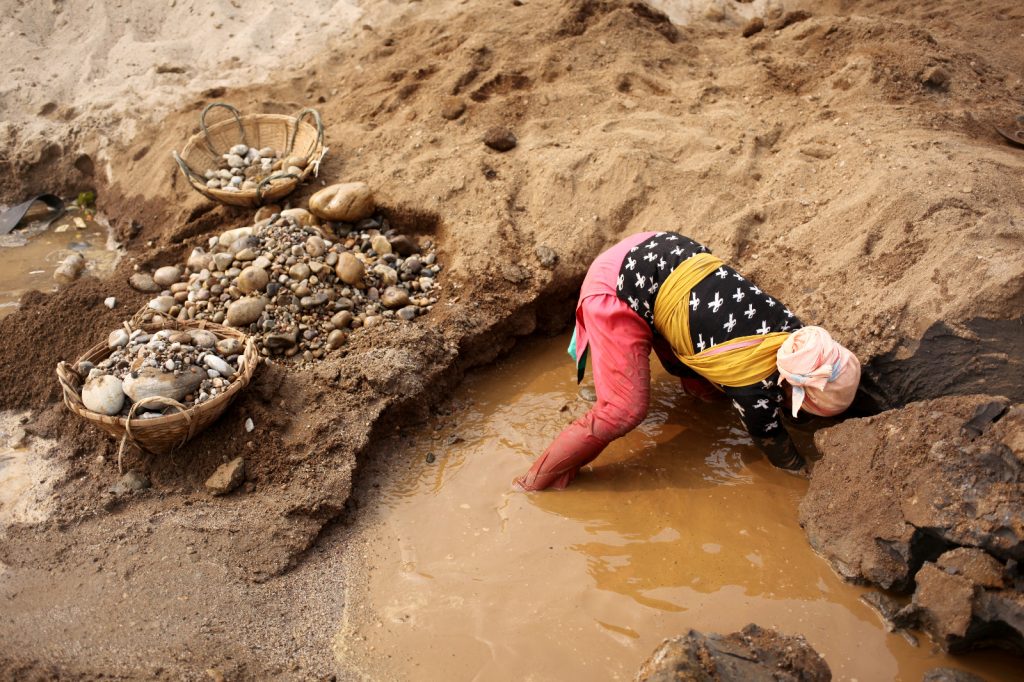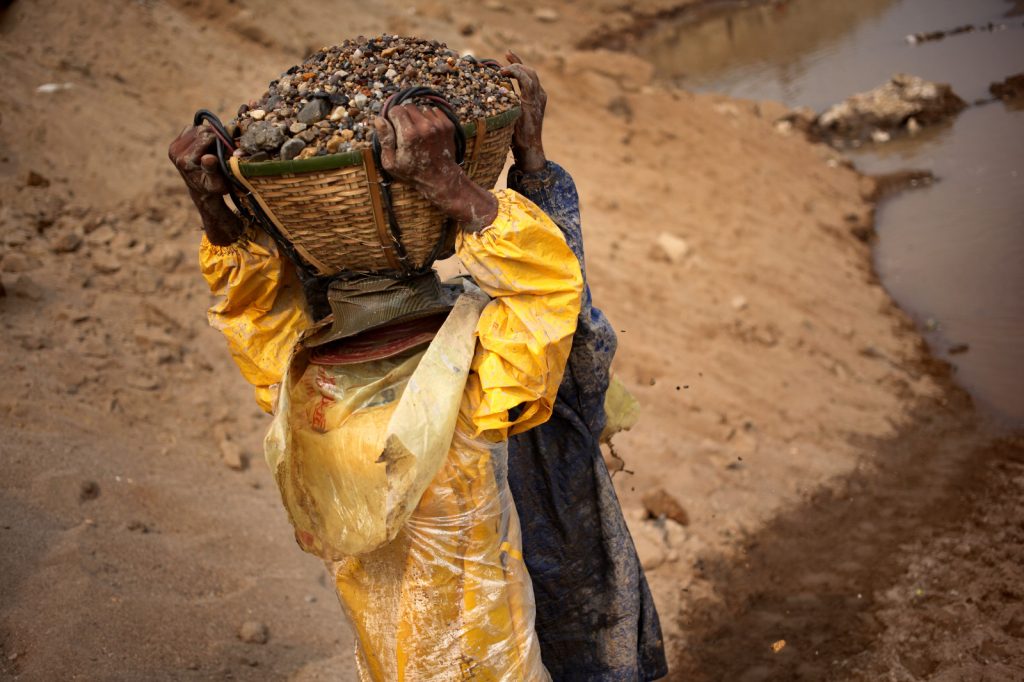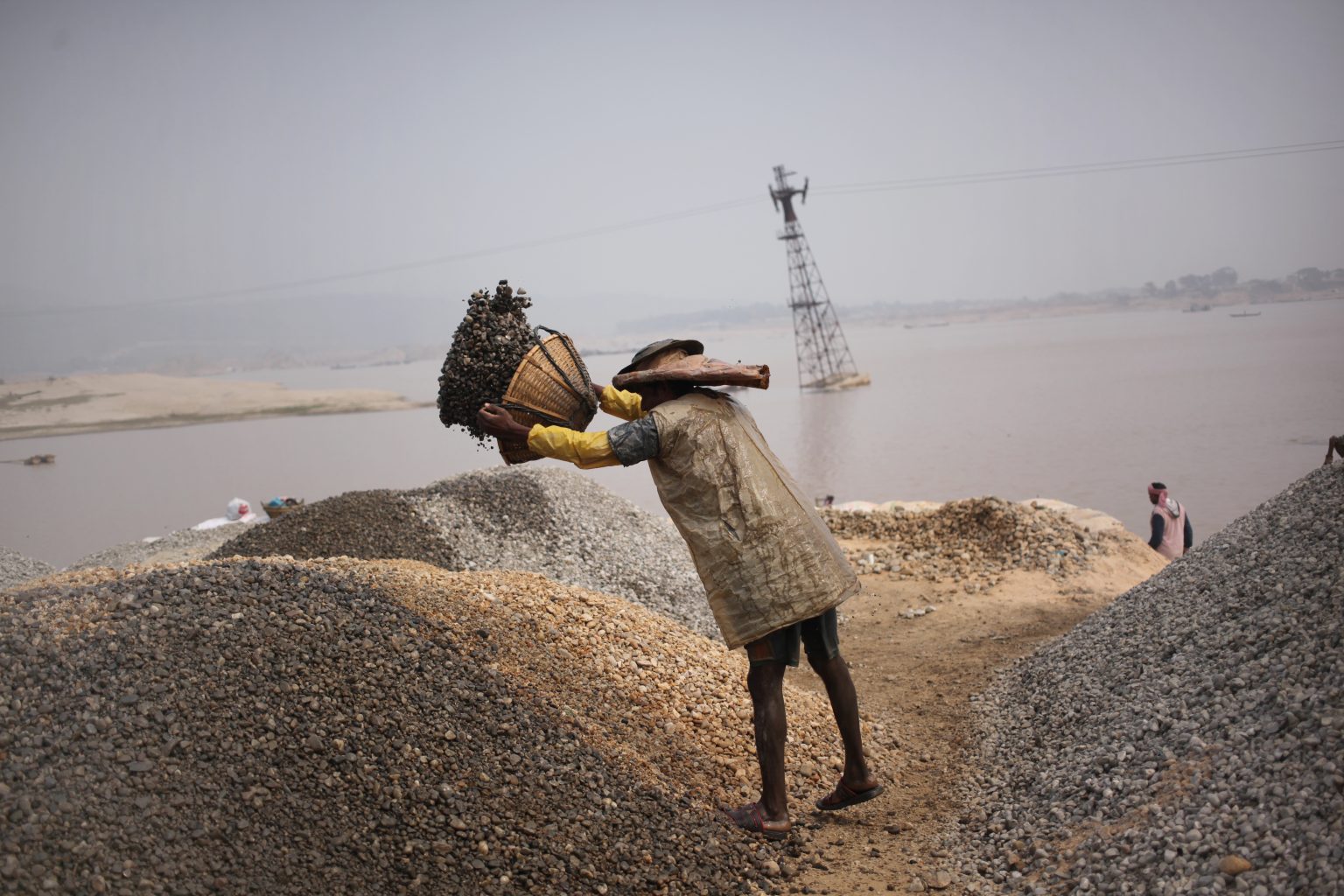They lack no appetite. Not for wealth, not for land, not even for stone. They eat into mountains, they swallow rivers, they loot banks. At the sight of someone else’s property, their tongues moisten. Who are they? The government knows them yet pretends not to. The people know them, yet fear keeps their lips sealed. These looters are fluid like water, shifting allegiance to whichever party is in power.
And now, they have devoured the pristine white stones under crystal-clear water. Did anyone see? Did anyone act? Neither the government nor the public, not a single meaningful move. Even in broad daylight, they plunder as though invisible. The Ministry of Environment, Forest and Climate Change appears blind. To them, the harm to nature is an afterthought, if a thought at all.
From the foot of Meghalaya’s Khasi-Jaintia Hills, the Dholai River flows into Sylhet, carrying with it smooth, gleaming white stones. For years, these stones were the heart of Volaganj’s famous ‘White Stone’ tourist spot, a natural masterpiece of mountain streams, blue-green waters, and riverside beauty. But today, visitors are greeted not by the endless stony bed they came to see, but by emptiness. Local journalists estimate that 75% of the stones have been taken. The remaining quarter lies mostly near the BGB camp, untouched only because it is within guarded territory.
The plundering is not random. Labourers may dig and load the stones, but they are foot soldiers in a bigger operation. Behind them stand stone traders, political patrons, and local power brokers. The faces change depending on which party rules, but the greed is constant. Court orders, government bans, and environmental protests have come and gone. None have stopped the looting.

A pattern of political protection
This is not the first time Sylhet’s rivers have been stripped bare. During the Pakistan era, stone traders began working in the river estuaries along the border. After independence, the government began leasing quarries to private operators. By the 1980s and 1990s, ‘stone kingdoms’ flourished, attracting thousands of workers. But mechanised extraction, unregulated dredging, and disregard for environmental norms began eroding the ecosystem. Activists demanded restrictions, and eventually, quarrying in certain zones was halted.
Yet, as the Bangladesh Environmental Lawyers Association (BELA) discovered through its litigation, bans exist on paper while extraction continues on the ground. In February 2020, the Ministry of Power, Energy, and Mineral Resources ordered all stone quarrying in the country to stop until further notice. But politically connected operators in Sylhet continued it openly.
On August 5 last year, as political unrest shook Dhaka, opportunists in Companyganj moved swiftly. Within hours, hundreds of boats ferried away stones worth crores of taka from the Volaganj tourist area. Over the next two weeks, the looting spread to Jaflong’s Piain and Gowain rivers, stripping away an estimated one crore cubic feet of stone that valued at hundreds of millions of taka.
The fallout saw cases filed, with 114 people named, including prominent BNP leaders such as Rofiqul Islam Shahporan and Shah Alam Swapon. Some were expelled from party posts. But such political accountability was selective. In earlier years, when other parties ruled, their loyalists had done the same.

Why the loot won’t stop
The official explanations are familiar: shortage of manpower, need for more monitoring, and ‘ongoing raids’. Sylhet’s Deputy Commissioner insists mobile courts and task forces are active, with legal actions taken regularly. Yet the stones keep disappearing. The administration has even called for meetings to ‘understand’ why enforcement fails.
The deeper truth is not lack of understanding, it is lack of will. When the hands behind the crime are linked to political patrons, enforcement officers hesitate. The stone mafia, emboldened by decades of impunity, knows exactly when the state’s gaze will look away.
In January this year, the Ministry of Minerals lifted the blanket ban on quarrying, alarming environmentalists. While 17 quarries remained officially suspended, many fear this partial reopening will be used as cover for expanding illegal extraction.
Environmental devastation
The damage is not just to the eye but to the entire river ecosystem. The stones perform a crucial natural function: they break the force of the river’s current, regulate its speed, and help oxygenate the water, a process essential for aquatic health. Without them, water flow becomes violent, causing erosion and flooding. Sediment builds up in the wrong places, and water quality deteriorates.
The consequences extend beyond the river. Many nearby areas depend on this water for drinking and household use. Once polluted or destabilized, the supply is threatened. In the long run, removing the stones is not just theft, it is dismantling a natural water management system that took centuries to form.
Tourism is another casualty. Local teacher Shafqat Jamil recalls the days when Volaganj looked like a ‘Kashmir of the plains’—white stones stretching as far as the eye could see, mountains draped in mist, and clear blue water flowing between them. Improved roads brought a surge of visitors in the last decade. But without the stones, the allure fades. The once-thriving tourist economy will wither if the place becomes just another muddy riverbank.
The legal reality
Bangladesh’s Mining and Mineral Resources (Control and Development) Act, 1992, along with the 2012 regulations, requires government permission for any extraction. Unauthorized removal of sand or stone carries prison terms and fines. The Bangladesh Environmental Conservation Act also mandates penalties for activities that damage the environment. On paper, the law is clear. On the riverbanks, the law is a whisper drowned out by the clink of stones in a smuggler’s boat.

The cost of silence
In truth, the stones are gone not because the government lacked the tools to stop it, but because too many hands were in the pile. Each boatload benefits someone influential. The Ministry of Environment may issue warnings, but without coordinated political will across ministries and genuine enforcement on the ground, these warnings dissolve in the current.
For the people of Sylhet, the loss is both environmental and cultural. White Stone was not just a tourist spot, it was a living postcard of the region’s natural heritage. Allowing its destruction signals that no natural wonder is safe from the appetite of the powerful.
If the looting continues, Volaganj’s ‘White Stone’ will soon be only a name in memory, a faded photograph in a tourism brochure. The river will flow on, but the system it once sustained will be broken. And the looters? They will have moved on, mouths watering for the next mountain, the next river, the next public treasure to strip bare.
The question is not whether we can stop them. The real question is whether we truly want to…


